Optimal Timing for Well Water Testing
Timing for well water testing is crucial to ensure water safety and quality. Testing at optimal times can detect seasonal variations and potential contamination issues, providing a comprehensive understanding of water conditions throughout the year.
Conduct testing soon after drilling to establish baseline water quality and identify any immediate concerns.
Test water during different seasons to monitor changes caused by weather, runoff, or other environmental factors.
Perform testing before winter to ensure water safety during freezing temperatures and potential supply disruptions.
Test after flooding or heavy storms to detect contamination from surface runoff or sewage overflow.

Tools used for accurate water sampling and analysis.

Step-by-step water sample collection at different times of the year.

Laboratory testing of water samples for contaminants and safety parameters.

Ways to make Well Water Testings work in tight or awkward layouts.
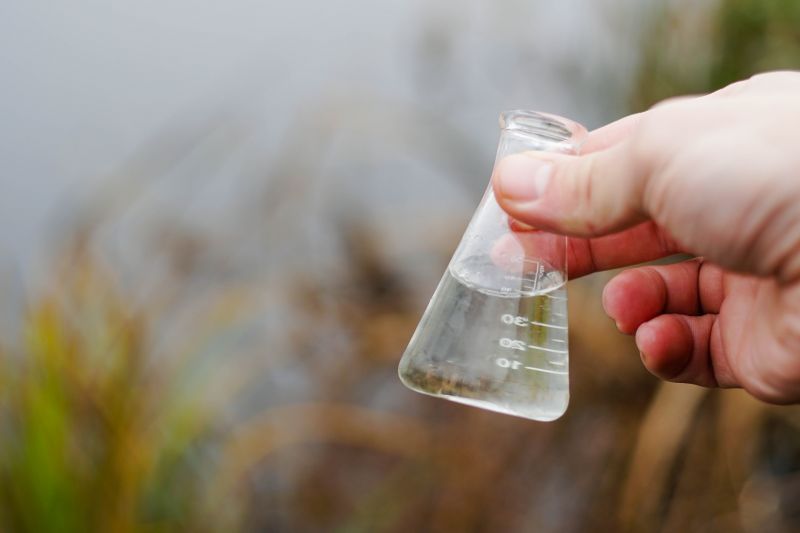
Popular materials for Well Water Testings and why they hold up over time.
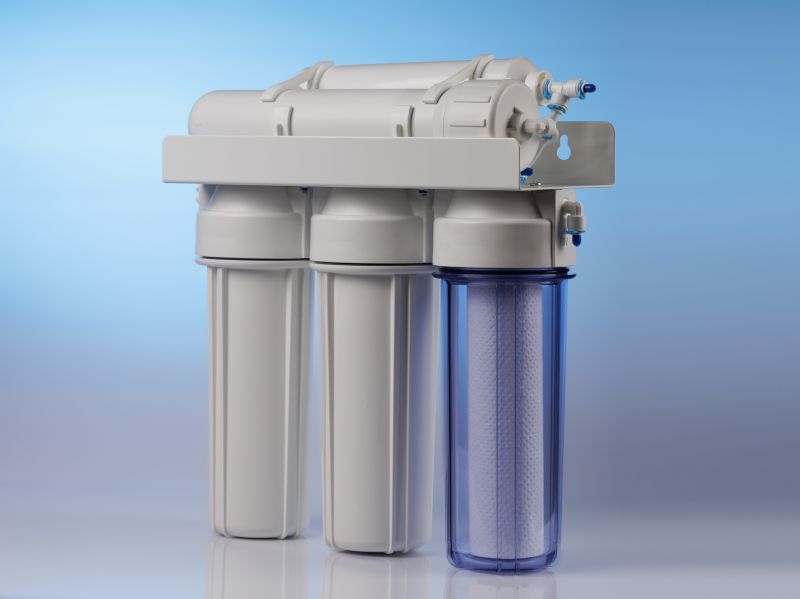
Simple add-ons that improve Well Water Testings without blowing the budget.
| Timing | Purpose |
|---|---|
| Immediately after drilling | Establish baseline water quality and identify initial issues |
| Spring and fall | Detect seasonal variations and potential contamination |
| Before winter | Ensure water safety during cold months |
| After storms or flooding | Identify surface runoff contamination |
| Annually | Monitor ongoing water quality |
Well water testing provides essential insights into water safety, quality, and potential contaminants. Regular testing helps identify issues such as bacteria, nitrates, heavy metals, and other pollutants that could affect health. According to recent statistics, over 15 million households in rural areas rely on well water, making routine testing vital for public health. Seasonal changes, weather events, and aging infrastructure can influence water quality, emphasizing the importance of testing at strategic times to ensure safe drinking water.
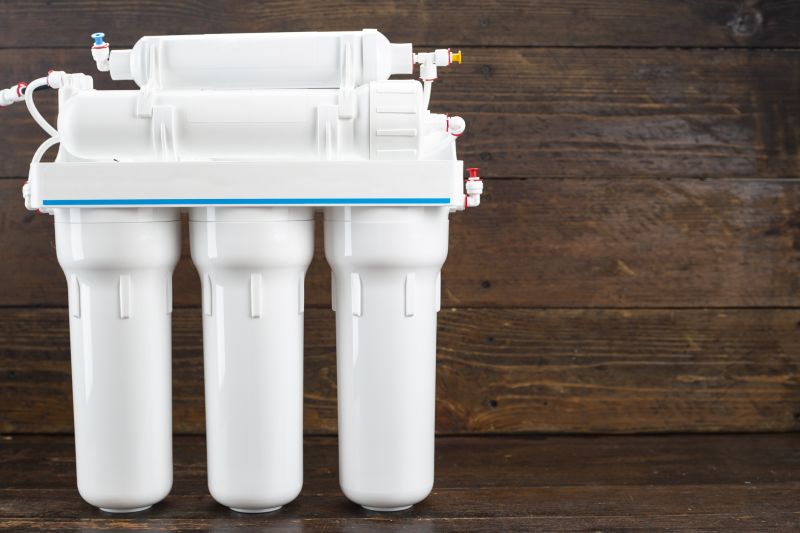
Portable kits for on-site testing and sampling.
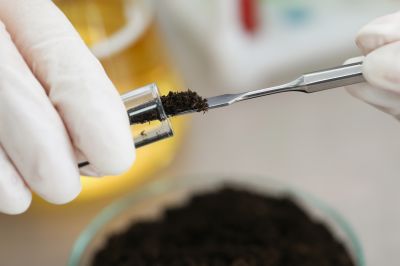
Laboratory analysis for bacteria, chemicals, and metals.
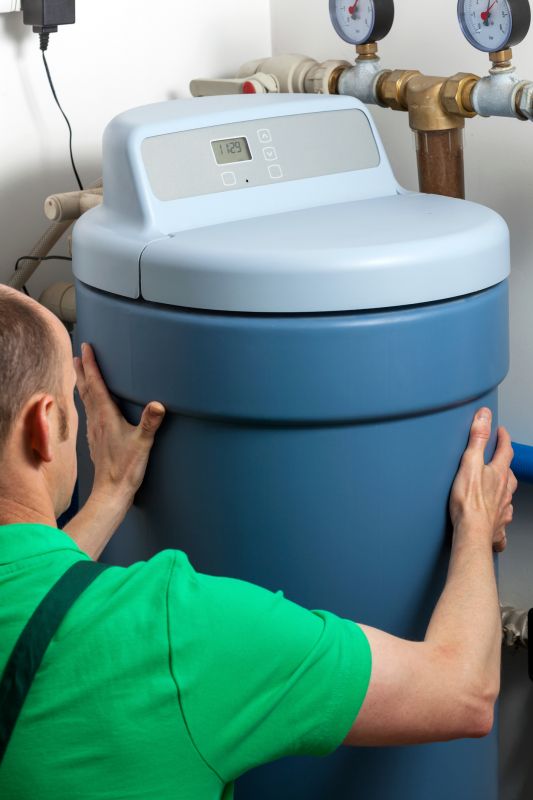
Detailed analysis results for homeowner review.
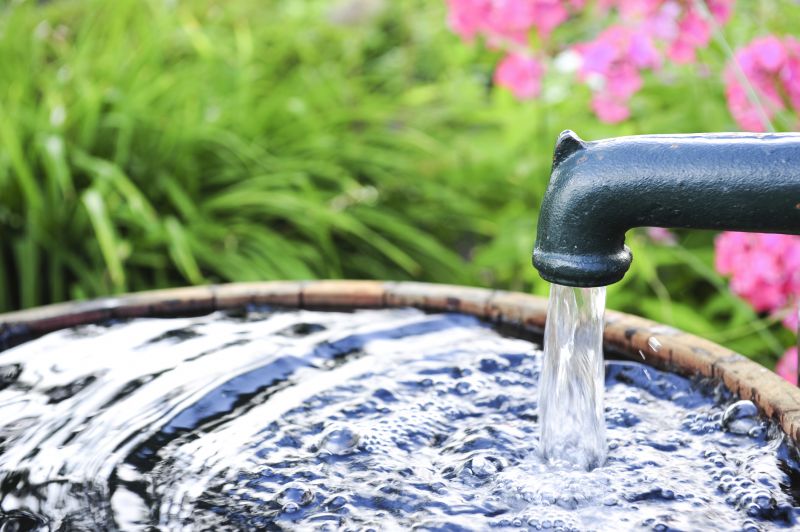
Collecting water samples across various times of the year.
Interested parties are encouraged to contact for comprehensive well water testing services. Regular testing ensures water safety and helps address potential issues proactively, safeguarding health and well-being.



